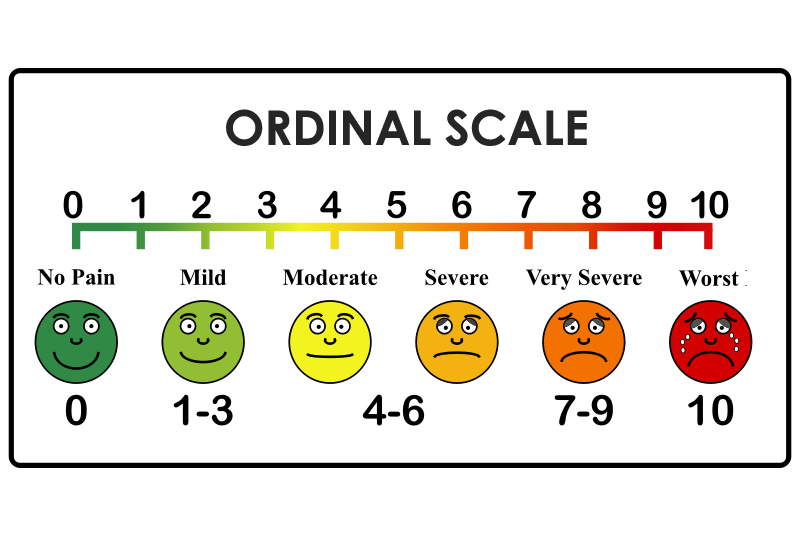

The degree to which numerical data are dispersed or squished around an average value is referred to as dispersion in statistics. Once you have these averages, you can begin to negotiate toward the highest number.Dispersion refers to the ‘distribution’ of objects over a large region. You simply need to ask to which “average” the offer refers and what is the mean of this average since the mean would be the highest of the three values. Since salaries tend to be skewed to the right, the offer will most likely reflect the mode or median. But is this average the mode, median, or mean? The company – for whom business is business! – will want to pay you the least they can while you prefer to earn the most you can. That is, they are offering you the average salary for someone with your particular skill set (e.g. When one interviews for a position and the discussion gets around to compensation, it is common that the interviewer states an offer that is “typical for someone in your position”. Knowing this can be a useful aid in negotiating a higher salary. This will produce a shape that is skewed to the right. There will be one or two players or personnel that earn the “big bucks”, followed by others who earn less.

To illustrate this, consider your favorite sports team or even the company for which you work. Salary distributions are almost always right-skewed, with a few people that make the most money.
Define point measure in statistics plus#
What effect does this have on the mean and the median? The result of adding a constant to each value has the intended effect of altering the mean and median by the constant.įor example, if in the above example where we have 10 aptitude scores, if 5 was added to each score the mean of this new data set would be 87.1 (the original mean of 82.1 plus 5) and the new median would be 86 (the original median of 81 plus 5). What happens to the mean and median if we add or multiply each observation in a data set by a constant?Ĭonsider for example if an instructor curves an exam by adding five points to each student’s score. We will discuss methods using the median in Lesson 11. For example, use the sample median to estimate the population median. Unless data points are known mistakes, one should not remove them from the data set! One should keep the extreme points and use more resistant measures. However, we need to be aware of one of its shortcomings, which is that it is easily affected by extreme values. In future lessons, we talk about mainly about the mean. The mean is a sensitive measure (or sensitive statistic) and the median is a resistant measure (or resistant statistic).Īfter reading this lesson you should know that there are quite a few options when one wants to describe central tendency. Therefore the median is not that affected by the extreme value 9.

The medians of the two sets are not that different. The data set (with 91 coded as 9) in increasing order is: Let us see the effect of the mistake on the median value. The mean would be 73.9, which is very different from 82.1.


 0 kommentar(er)
0 kommentar(er)
